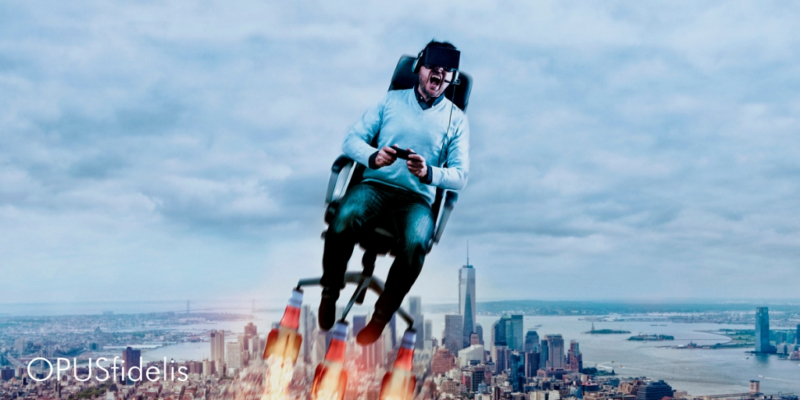Imagine: you’re on your laptop at home, trying to figure out what kind of new car you’re going to buy. Even though all of the listings have pictures of the vehicles that you can look through, it is hard to get a sense of what the cars are actually like. You’re getting ready to plan your visit to the local dealership, when you see an advertisement for the latest Honda Civic. Use your VR headset to experience the new Honda Civic, it says. Curious, you slide your phone into your headset and pull it over your eyes. After seeing all parts of the car “from the inside out” and virtually test driving it in a racing game, you decide that this is the car you want.
How Companies are Currently Using VR
As virtual reality experiences increase in popularity, major companies – like Facebook and Google – have already invested, and others are thinking it might be time to join the virtual party. Honda, IKEA and Carnival Cruise Line are using VR to let customers try their products before purchasing. In 2016, IKEA released an interactive VR kitchen experience which allows customers to “virtually remodel” their kitchens with IKEA products, while Carnival Cruise Line has started using 360-degree videos to show customers what it would look like to take a trip to the Caribbean on one of their ships. One company even uses a VR app to immerse users in large live performances – and allows them to feel as though they are part of the audience.
Let’s Get Real – Is VR Right for you?
For marketers, VR offers a new way to attract potential customers – if companies do it right. According to Convince and Convert, it’s important to determine whether or not using VR would actually be an effective way to showcase your product – and whether it’s worth paying a high price. Different products may afford more natural opportunities for effective VR marketing. Products which need to be displayed in a space – like the IKEA kitchen products — or products which are experiential in nature may lend themselves to VR more easily than, for example, food items. But that doesn’t mean that experiential products are the only ones that can benefit from VR marketing; others might just require a more creative approach.
But Wait –
With such prominent big investors, virtual reality experiences are likely to expand, especially as companies realize its potentially endless number of uses and possibilities. But VR may also come with its own unique challenges, as Convince and Convert tells us:
VR presents a unique opportunity for advertisers to reach a completely immersed audience, [but] it also means they have to create ads that people don’t mind watching or interacting with . . . If VR is done right by advertisers, though, it could lead to much higher forms of user engagement by offering consumers more opportunities to interact with content.


